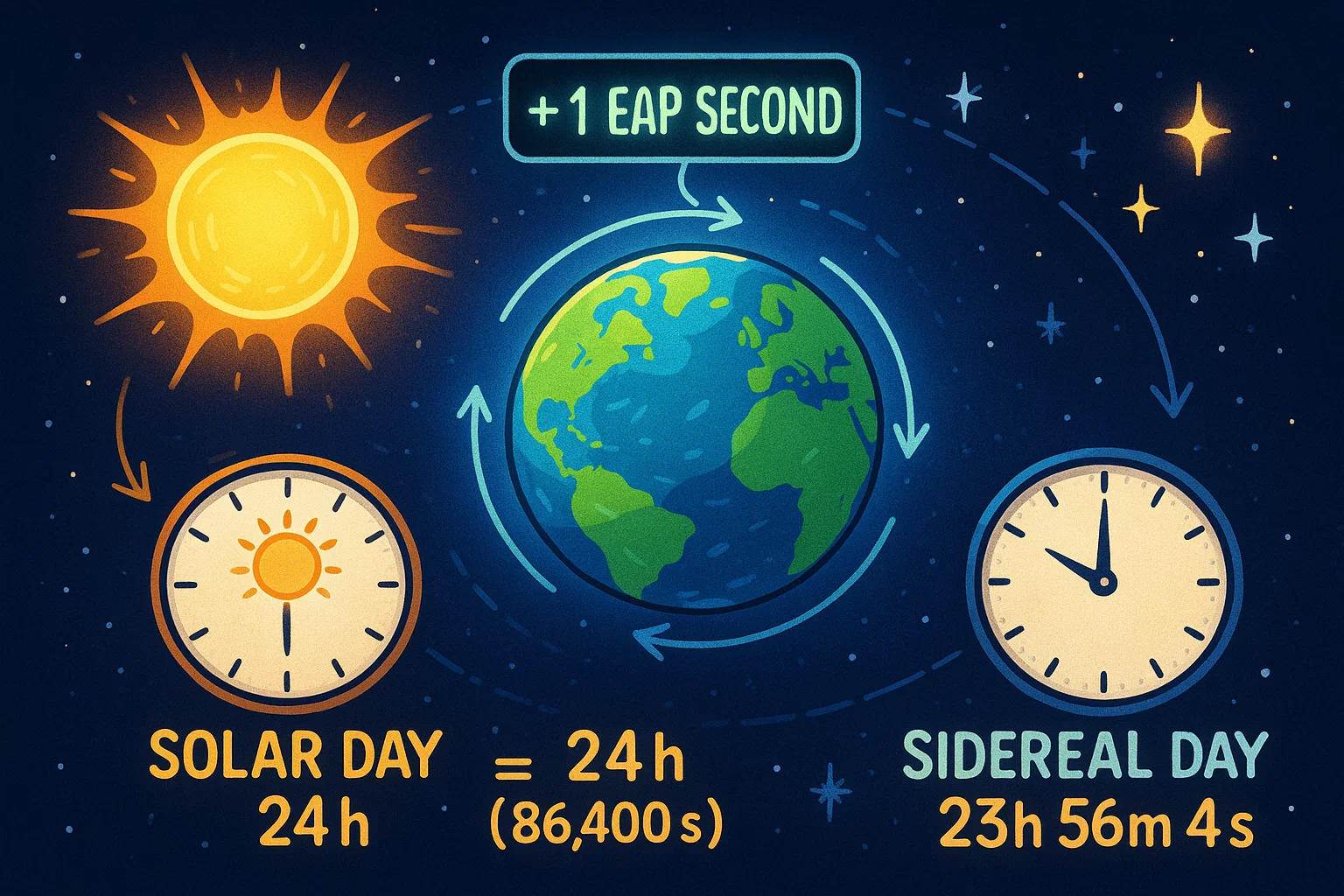Whether you're logging hours at work or managing your daily routine, it all revolves around one invisible force: time. More specifically, the hour. An hours calculator might help you do the math, but understanding what an hour really is—where it comes from, how it evolved, and why it matters—offers a deeper insight into how we live, work, and rest. In this article, we’ll explore the history, science, and everyday importance of hours from ancient traditions to modern workplaces.
Check out our Everyday Life collection for more handy resources and everyday calculation tips.
A Brief History of the Hour
The concept of the hour has ancient roots, stretching back over 3,000 years. In ancient Egypt, daylight was divided into 12 segments, guided by the movement of the sun and measured using early shadow clocks. These first “hours” were not uniform—they changed with the seasons, growing longer in summer and shorter in winter. The Babylonians later contributed their base-60 numerical system, which laid the groundwork for dividing time into 60 minutes per hour and 60 seconds per minute, a structure we still use today. It wasn’t until medieval Europe, with the rise of mechanical clocks, that hours became standardized. Monasteries and town squares began tracking time in equal units, ringing bells at fixed intervals.
By the 17th century, pendulum clocks offered greater precision, cementing the idea of the 24-hour day. In modern times, the definition of an hour has become even more exact, thanks to atomic clocks that rely on the consistent vibration of cesium atoms. Today, an hour is no longer tied to the Earth's rotation, but rather defined as 3,600 seconds, based on atomic frequency. What started as a rough estimate using the sky is now one of the most precise measurements in science and daily life.

How Many Hours Are in a Day—Really?
We often say there are 24 hours in a day, but the reality is a bit more complex. The idea of a 24-hour day comes from human convention, not from the Earth being perfectly punctual. A solar day—the time it takes for the sun to return to the same position in the sky—actually varies slightly throughout the year due to the Earth’s elliptical orbit and axial tilt.
On average, a solar day is about 86,400 seconds, or 24 hours. But there’s also something called a sidereal day, which is the time it takes Earth to complete one full rotation relative to distant stars. That’s about 23 hours, 56 minutes, and 4 seconds—almost four minutes shorter than a solar day.
To keep our clocks aligned with the Earth's rotation, scientists occasionally insert a leap second into the world’s timekeeping systems. This adjustment ensures that atomic time, which is extremely precise, stays in sync with the planet’s natural rhythms. Without it, our clocks would slowly drift out of sync with the rising and setting sun over time.

Work Hours
Work schedules may differ across professions, but nearly all of them revolve around one thing: hours. In the U.S., a standard full-time job typically involves 35 to 40 hours per week, while anything less is considered part-time. Many roles, especially in healthcare, security, and manufacturing, operate on rotating or night shifts, showing how the structure of hours can vary based on the nature of the work.
Under the Fair Labor Standards Act (FLSA), the U.S. Department of Labor sets the standard workweek at 40 hours. Any additional time worked by non-exempt employees must be compensated at 1.5 times the regular hourly rate—a rule known as overtime pay1. This ensures that employers fairly compensate extra labor and helps prevent overwork.
In fields like law, consulting, or tech services, there’s also a key distinction between billable hours (charged to clients) and non-billable hours (internal work), which affects how both employees and firms measure productivity.
With more companies embracing remote work and flexible hours, the old-fashioned 9-to-5 schedule is no longer the only model. Still, tracking work hours remains crucial for legal compliance and fair pay. Tools like the Work Hours Calculator and Time Card Calculator help simplify that process.

- U.S. Department of Labor. “Overtime Pay.”

